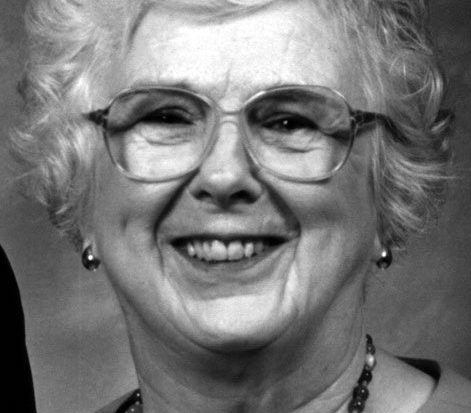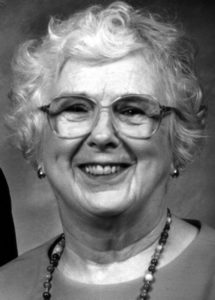

By Ruth Gadebusch
With women’s rights under such attack these days, it would seem a time to emphasize the motto of the suffragist who led the struggle for the vote for women: “Men, their rights and nothing more; women, their rights and nothing less.” That intrepid group who gathered in Seneca Falls, N.Y., on that hot July 1848 day would be shocked that any reminder was needed 166 years later.
True, it was a long struggle with a troublesome beginning finding the church they had booked for their meeting locked and the man scheduled to preside—it being unseemly for a woman to do so—skipping town when he realized his wife was actually going to advocate for the vote for women. Thus began the bumpy journey as expressed by Carrie Chapman Catt, “It took George Washington six years to rectify men’s grievances by war. But it took 72 years to establish women’s rights by law.” And still we struggle for full rights.
Although men were refused participation in the April 1850 Ohio conference and later there were questions regarding the role of Black women, help from any quarter was usually welcomed. It was in 1851 that Elizabeth Cady Stanton, one of the Seneca Falls organizers, met Susan B. Anthony. Cady persuaded Anthony to switch her energies from prohibition and anti-slavery to women’s rights, leading to her arrest in 1873 for attempting to vote. In 1878, Anthony wrote the words that were to be adopted as the 19th Amendment to the U.S. Constitution in 1920: “The right of citizens of the United States to vote shall not be denied or abridged by the United States or any state on account of sex.”
Most discouraging was the realization that the 1865 adoption of the 13th Amendment included only former male slaves as did the 15th Amendment five years later regarding race. However, it was in 1868 in the 14th Amendment to the U.S. Constitution that the word male was first used.
Various efforts were to fail during this period. Several different measures including a petition of 10,000 signatures and another by the Select Committee on Women’s Suffrage (created by Congress) failed, the latter by a 34 to 16 Senate vote with 25 absent. Better news was the support offered by the American Federation of Labor in 1890 continuing in the 1909 strike that disrupted New York, explained by Clara Lemlich: “We are starving while we work, we may as well starve while we strike.”
By and large, the movement in the United States was not militant as in England until the boycott of Woodrow Wilson’s arrival in Washington’s Union Station for his presidential inauguration. Picketing the White House and marches resulted in arrests with confinement in a notorious asylum for the insane. Refusing the rotten wormy food, the women were force fed and otherwise abused. A doctor asked to declare them insane proclaimed, “Courage in women is not insanity.”
Needing the women in the war effort, President Wilson asked Congress to support giving women the vote after the war. Women had argued, “If we can send our sons in battle for the rights of foreigners to self-rule, women should have the same rights at home. Are not American women as good as French men?”
Passed by Congress in early summer 1919, the amendment began the rounds of the state legislatures. Little hope remained with only Tennessee left in August 1920. However, Harry Burn, a young legislator expected to vote no, heeded his mother’s plea and cast the deciding yes vote, forcing him to hide from the opponents the rest of the day. The 19th Amendment to the U.S. Constitution was certified on Aug. 26, 1920, with the same words penned by Anthony all those years earlier.
Recognizing more was needed, in 1923 Alice Paul wrote the Equal Rights Amendment that was to pass Congress in the 1970s. Alas, we still wait for that one, which failed ratification by a sufficient number of states. Recent political actions indicating just how far women have to go to achieve parity may yet galvanize that effort.
*****
Ruth Gadebusch, a community activist, is a veteran, a former member of the Fresno Unified School Board and the California Commission on Teacher Credentialing, and an emeritus member of the Board of Directors of the Center for Civic Education.
